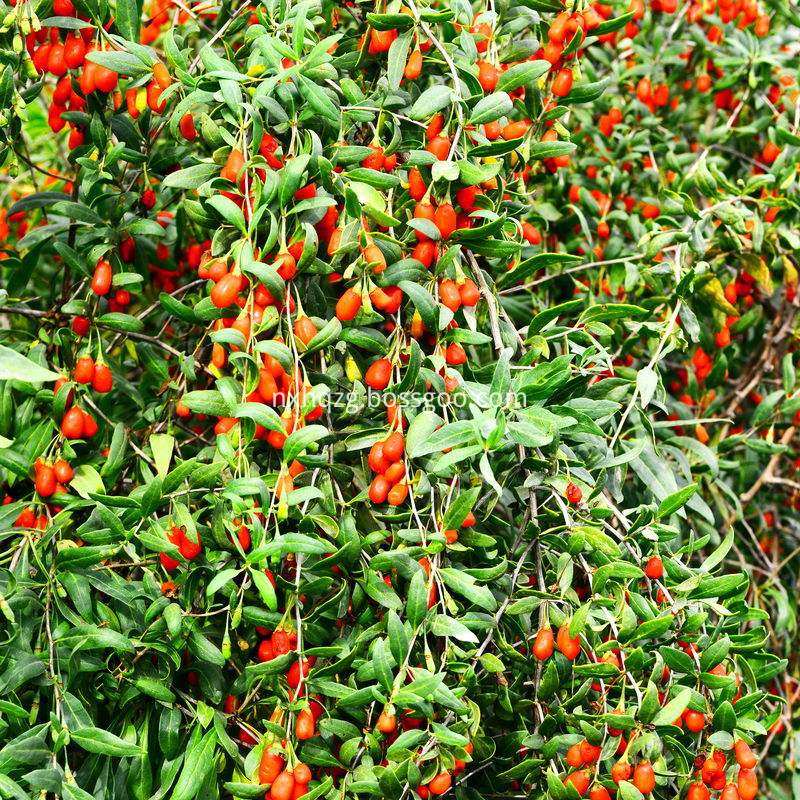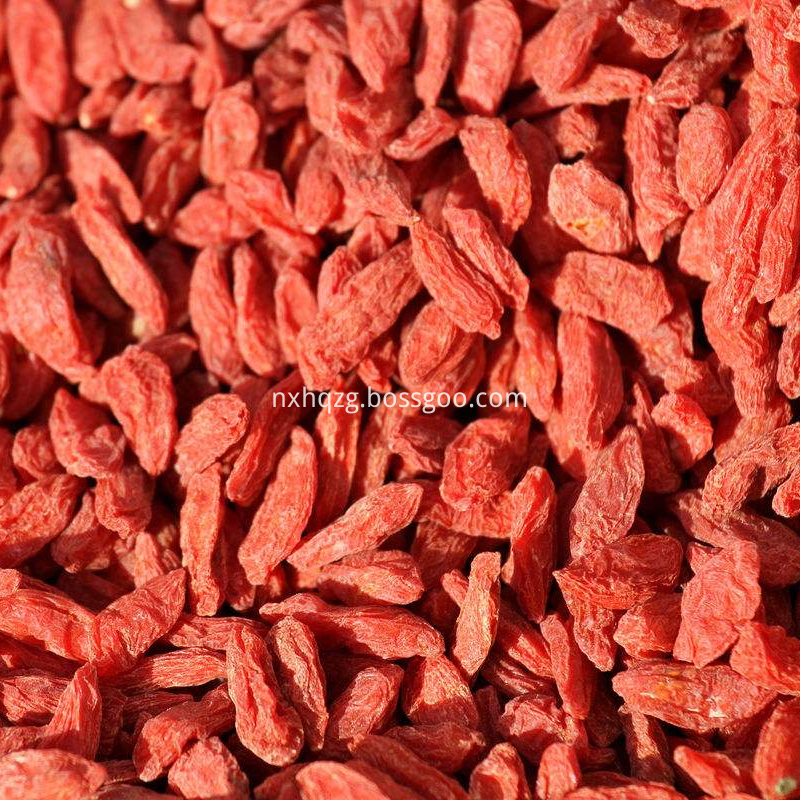2. Variety selection and seed treatment: According to the geographical and land conditions, select a good variety, carry out seed treatment, and use seed coating agent to inject suitable amount of herbicide and rhizobia to coat the seed.
3, sowing method: wet soil shallow sowing, dry soil deep sowing. General sow depth 2 cm -3 cm, sand 3-4 cm, clay 2 cm. Seeding method: The seeding distance is about 30 centimeters, and it can also be sown, but it should be uniform. The mu sowing volume is 0.75-1.5kg.
4. Field management: Rhizobium is a member of the genus Rhizobium. Nitrogen can be supplied by the root system. However, after the seedling stage or returning to the green, nitrogen fertilizer is applied to the weak seedlings or the uncompleted root systems of the first and second years. In addition to the application of base fertilizer before sowing, the superphosphate 20 kg-30 kg should be applied once a year after the rain. After planting till the seedling stage and returning to green, after the second cutting, weeding and chemical herbicides can be used for weeding. It should be carried out 2-3 weeks before cutting to prevent harm to livestock and poultry. In addition, earthworms grow fast, require large amounts of water, and keep the soil moist after branching. Pre-winter and return to green should be timely irrigation. The root system is not tolerant, and low-lying areas should pay attention to rainy season drainage.
5. Pest Control: General pests and diseases are very light, pay attention to the control of leaf spot, maculopathy, rust, aphids, thrips, pupa and armyworm.
6. Castration: When about 10% of the pod blossoms, it is best to castrate and the protein content is highest. When cutting, you must leave about 5 centimeters of rinsing. When you harvest the last pod, you should keep the 40-day growth period for the safe wintering and pouring of the overwintering water. Watering, fertilizing, and rushing to promote early-onset hair growth in the green period.
7. Plowing and ploughing and hoeing: After planting a continuous harvest for 5 years, plowing and plowing or re-seeding in autumn, otherwise the yield and quality may decrease.
The size of the organic special grade wolfberry is 370 grams of /50 grams.
The management of organic wolfberry is divided into soil management, the management of the nutrition of Chinese wolfberry, the management of organic manure and organic residue, the management of the natural scientific rotation system, the management of weeds, the control, the training and management of the disease and insect pests.
The Lycium barbarum can effectively reduce the content of triglyceride and cholesterol in the serum of hyperlipidemia rats. It has the function of lowering blood lipid and regulating the lipid metabolism, and has a positive effect on preventing cardiovascular disease.
It is suggested that when we buy Lycium barbarum, we can put more than a dozen medlar into the water. If it does not fade, it means sulphur fumigated wolfberry, because sulfur is insoluble in water. If there is a red, it means that the pigment is used. The normal color is orange (pale yellow) with a small amount of floc floating.


Organic Red Goji Berry 370 Specifications
Organic Red Goji Berry 370 Specifications,Bulk Organic Goji Berry
Ningxia Hongqiaozhigu Technology&Development Co.,Ltd , https://www.guofuhui-ec.com